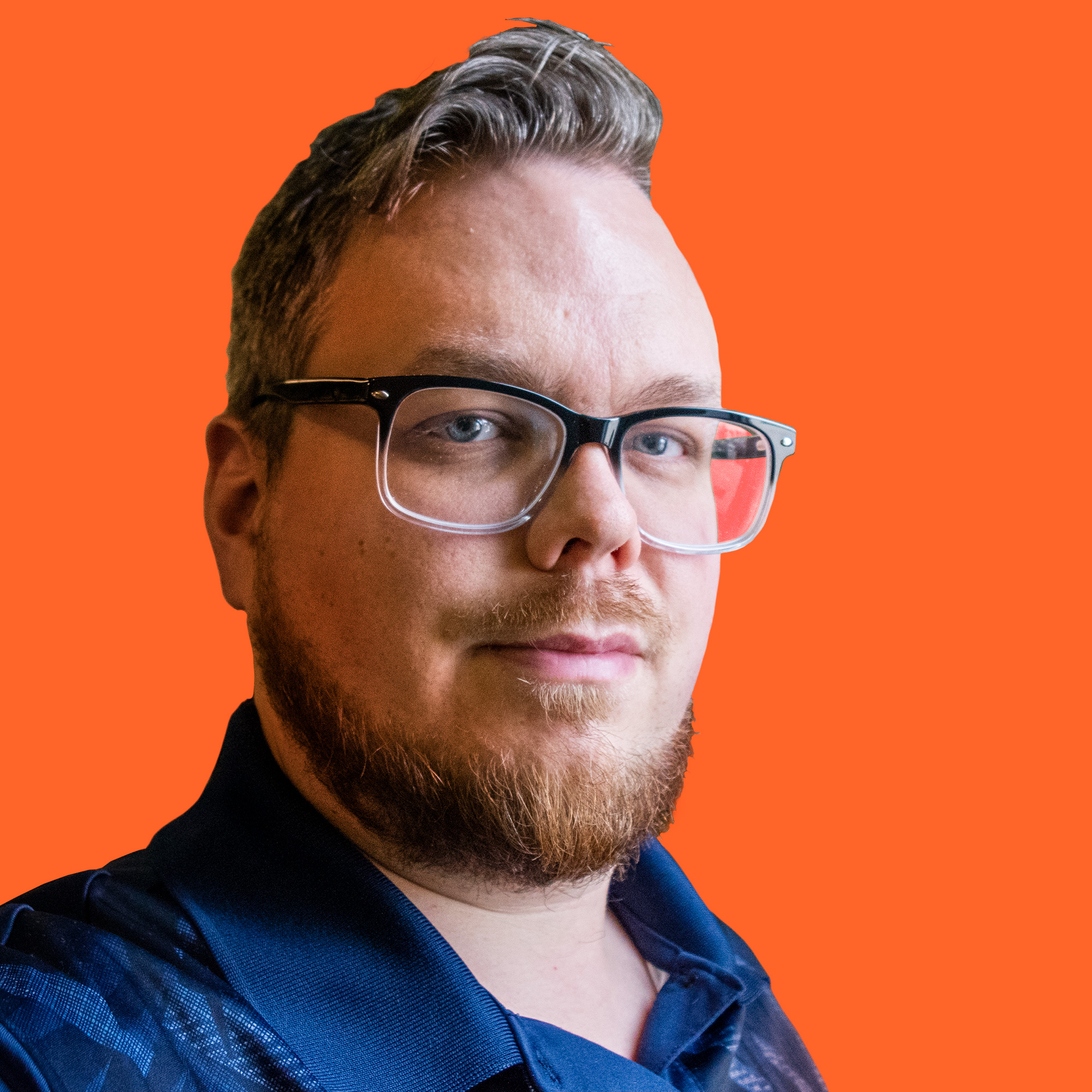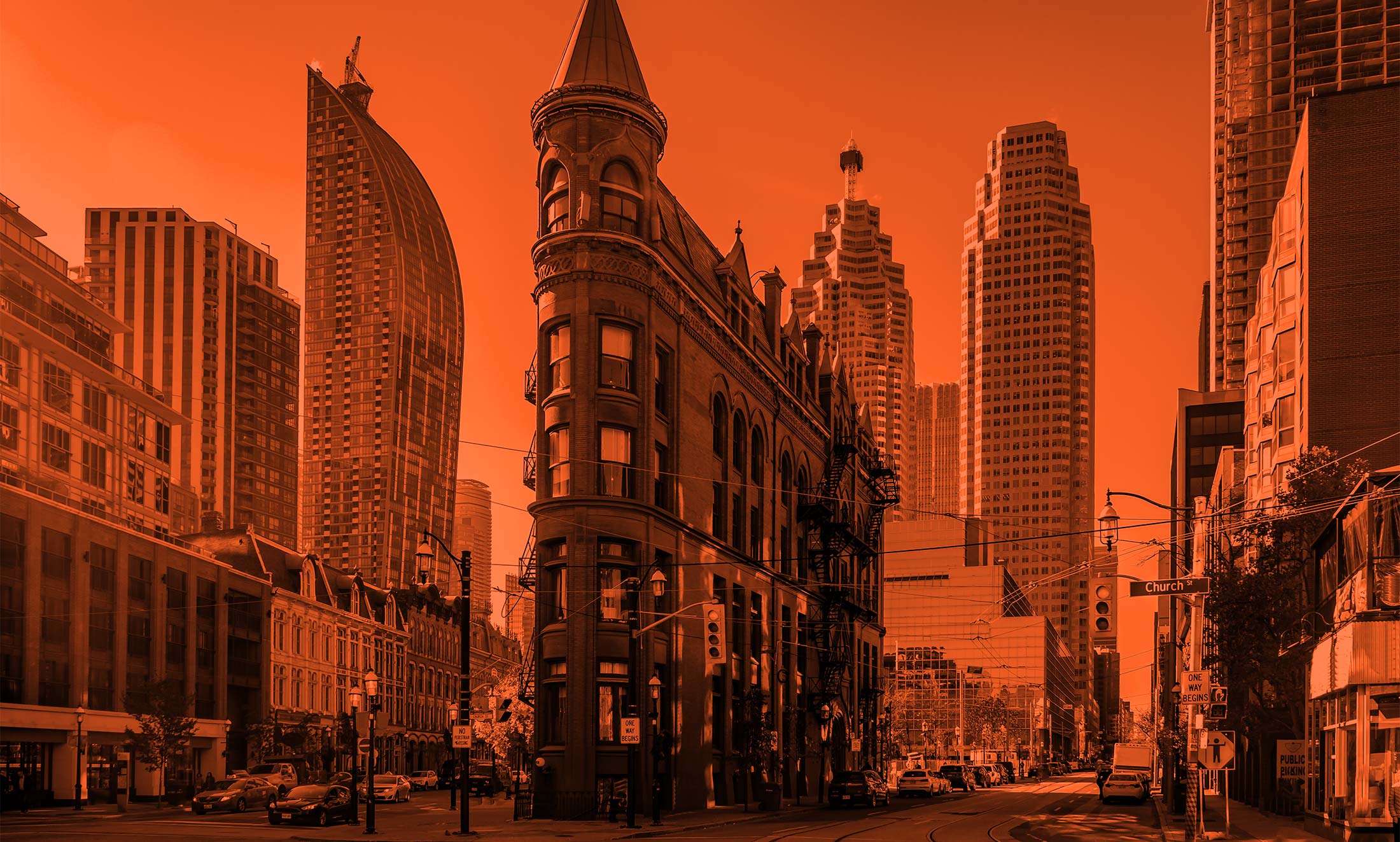I am an industrial designer: a professional that formulates plans to build objects that are both functional and beautiful. Developing those plans, or designs, can be broken down to the 5 areas of:
- Research
- Ideation
- Develop
- Style
- Manufacture
- Document
Design Process
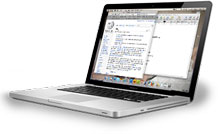
Research
Finding what the consumer wants or what problems they want solved is the main goal of the product research I do. But I also find all facts and factors that may effect the design. This research can include surveys, observation, interviews, product history, patents, life cycle analysis and environmental issues. The research builds a framework to be used throughout the design process.
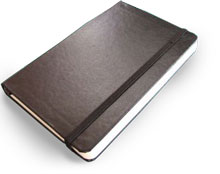
Ideation
This is the part of the process I most enjoy. The research framework is a box I fill with my ideas for what the product should be, should do, or should solve. I create these ideas in brainstorming sessions, where I use sketches and notes to capture a new idea every 3 minutes or so. I jot down all ideas, and wait to filter out good ideas after I have escaped and reviewed the research. When I have found around 3 good ideas, I develop them further, and then sketch or render them to show to a superior or a client. Having strong and diverse set of ideas is the most important factor in finding the best solution for the company, and the consumer.
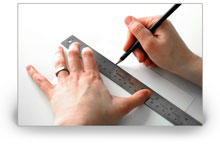
Develop
The idea is just the beginning of the design. The idea needs to be shaped into a manufacturable, commercially viable product for the company. I sketch the product over and over. I conceptually test the product using use scenarios: a story of sketches of people using the product. I also physically test the product with mock up models put in the hands of real users. The idea is defined into a shape, or form, that is best suited for the job.
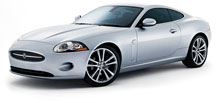
Style
A functional form of a product is only one half of a truly elegant solution; the other half is a look and feel that speaks people on an aesthetic level. When a product is an extension of a person’s personality or style, it becomes cherished on another level. While I think of the style all along, it becomes the focus in the end. Branding is a large part of the styling of a product; from every angle the product should be recognizable as “Brand X.” This builds the brand’s value, or equity, by reminding the consumer of the company that brings them their positive experience. I develop the style by sketching variations, or iterations, of the product over and over, and present styles to the client to make sure it is perfect look for their brand.
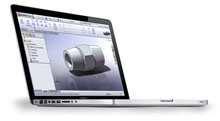
Manufacture
Once the function, form and style have been defined, it becomes time to have the product produced. I know many processes and types of machinery that make products, and research those I am not familiar as part of the research phase. This is why I am an ‘industrial’ designer; the industrial part of my title is because of my knowledge of the ‘industrial’ processes. I keep this knowledge in mind throughout the process, so the form and style have been designed around the machinery and people that will eventually produce it. There is nearly always multiple manufacturing companies in any product, so they need to be coordinated. To coordinate them I use plans, or technical drawings, and 3D computer data, or CAD models. This also requires a lot of communication between designer an manufacturer, about pricing quotes, prototypes, and samples.
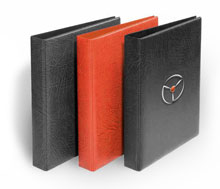
Document
The work doesn’t stop once the products are on their way to launch; the process needs to be documented to capitalize on the successes and lessons learned from the project. It can also important legally to show due diligence in the design process. This means compiling all research, scanning sketches, gathering test photographs, and describing the process and what thinking there was behind design decisions. This is then made into a nice, readable report for future reference. This is a nice retrospective end to the project where I can learn and grow to be a better designer in the future.
